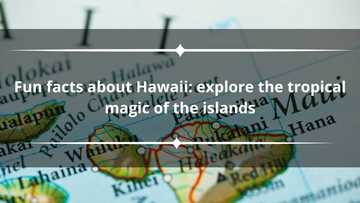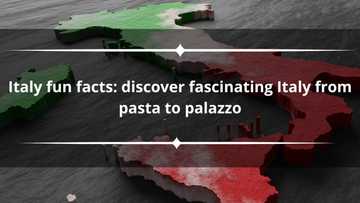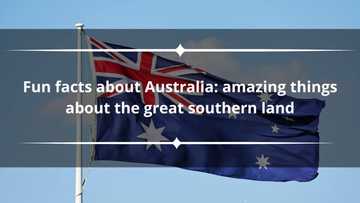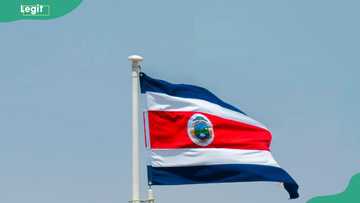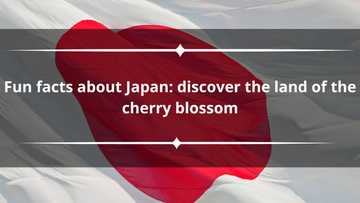Fun facts about Antarctica for kids: interesting things to know
Antarctica is the southernmost continent on Earth. It is known for its icy landscapes, incredible wildlife and extreme conditions. The continent is a captivating wonderland that beckons the curiosity of young explorers. Read on to discover some fun facts about Antarctica for kids.
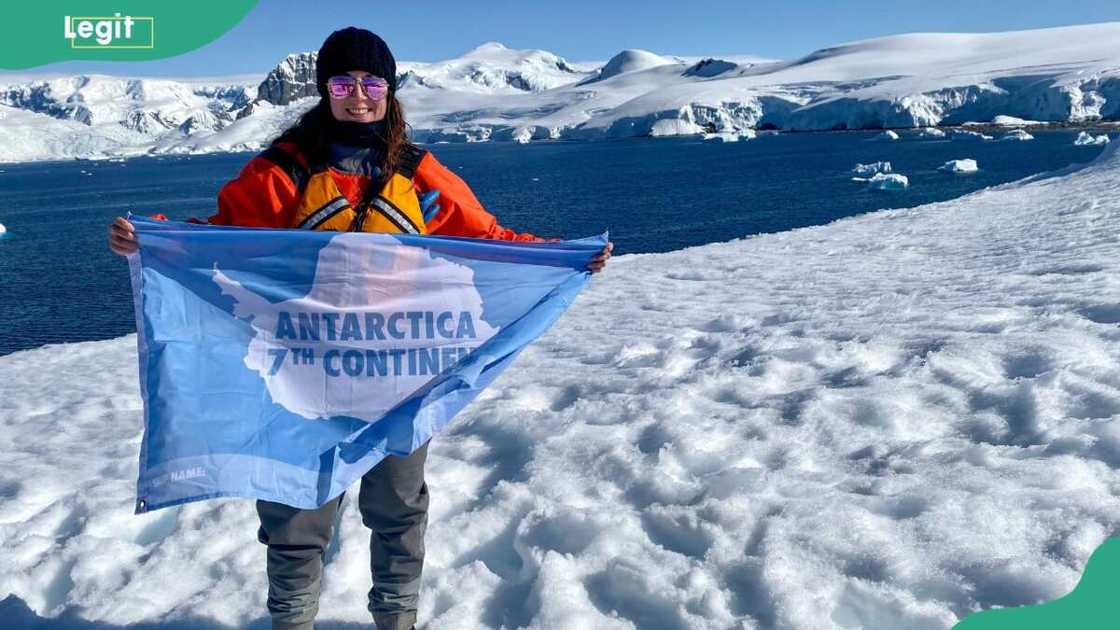
Source: UGC
Antarctica is referred to as the 7th continent. It inspires curiosity and intrigue, making it perfect for adventure. Tourism to the region has grown consistently since the 1990s. Between 2022 and 2023, over 100,000 tourists visited the continent. Learn other fascinating Antarctica facts for kids below.
Fun facts about Antarctica for kids
This continent at the end of the Earth is a treasure trove of knowledge. From adorable penguins to colossal icebergs, it is endlessly fascinating. Get ready to dive into the chilly charm of this polar paradise.
Antarctica interesting facts
Even before the continent was formally discovered and explored, people have speculated about the southernmost end of the Earth. Here are some interesting facts about Antarctica and its history:
- The name means “opposite to the Arctic”.
- The continent didn’t officially get its name until the 1890s.
- It is the fifth-largest continent, covering about 5.5 million square miles (14.2 million square km).
- It has two regions. East Antarctica contains a high ice-covered plateau. West Antarctica, on the other hand, is mainly an ice sheet over an archipelago of mountainous islands.
- The two regions are divided by the Transantarctic Mountains, about 2,100 miles (3,400 km) long.
- It was formally discovered in 1820 by a Russian expedition. A Baltic German officer in the Imperial Russian Navy, Fabian Gottlieb von Bellingshausen, led the voyage.
- Oral traditions from some cultures alluded to the continent’s existence before its discovery. Stories featuring a description resembling Antarctica existed in Māori/Polynesian oral tradition as early as the 7th century.
- Antarctica is situated around the South Pole.
- The continent’s discovery spurred a race between explorers to find the South Pole, whose existence hadn’t been proven yet. Almost a century later, Roald Amundsen, a Norwegian explorer, discovered the South Pole on 14 December 1911.
- The Southern Pole of Inaccessibility is the most remote point of the continent, located furthest from all coastlines.
- There are no countries or geopolitical regions on the continent. Additionally, no government in the rest of the world owns Antarctica.
- Several countries have research stations in the region for scientific studies. These stations allow scientists to live and work in the region’s extreme conditions.
- Antarctica has no permanent residents. Instead, between 1000 and 5000 scientists from 29 countries inhabit the research stations annually.
- The Antarctic Treaty protects the continent. The treaty signed by several countries designates the region as a scientific preserve. The treaty prohibits military activity and mineral mining and promotes international scientific cooperation.
Cool facts about Antarctica
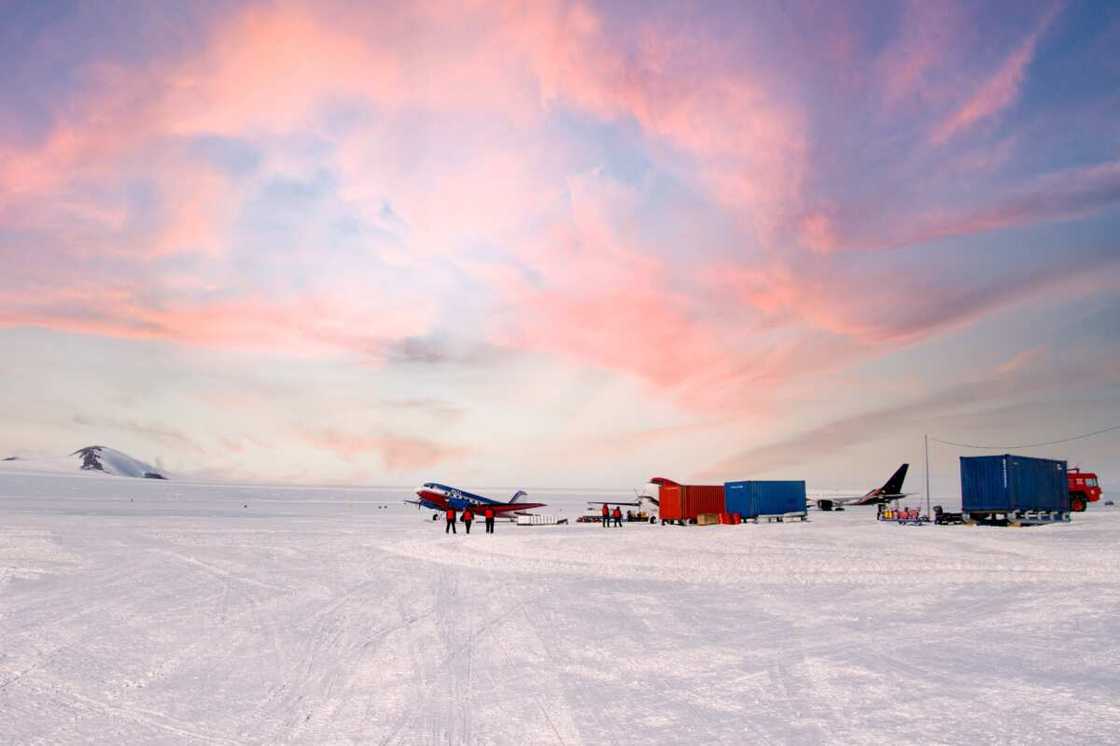
Source: UGC
The seventh continent has always held much intrigue for humans. The region contains loads of information for your young one’s eager discovery. Here are some exciting details for your child to learn:
- It is the coldest place on Earth. The lowest temperature recorded was around -128.6 degrees Fahrenheit (-89.2 degrees Celsius) in 1983.
- 98% of the continent’s surface is covered in ice, creating a sheet measuring about 7 million cubic miles (29 million cubic km). The ice is about 5900 feet (1800 metres) thick on average but can be as thick as 2.5 miles (4 km) in some places.
- The continent’s ice sheet is so massive that if it were to melt, it could cause a huge rise in sea levels worldwide. Scientists believe sea levels could rise by up to 213 feet (65 metres).
- The Antarctic ice sheet is the largest mass of ice on Earth. The sheet contains about 80% of the Earth’s fresh water and about 90% of the Earth's ice.
- During the summer months, Antarctica experiences a phenomenon known as the "midnight sun," where the sun stays above the horizon for an extended period, creating continuous daylight.
- In winter, the region experiences six months of total darkness.
- With little vegetation, there are no trees to serve as windbreakers. Therefore, the wind can reach up to 200 mph (320 km/h).
- About 1-2% of the continent contains Dry Valleys. These places are ice-free as the air is too dry and cold for snow to fall.
- Explorers have discovered over 200 underground lakes in the region. The thick layers of ice insulating the lakes and geothermal heat from the Earth ensure they remain liquid.
Antarctica fun facts
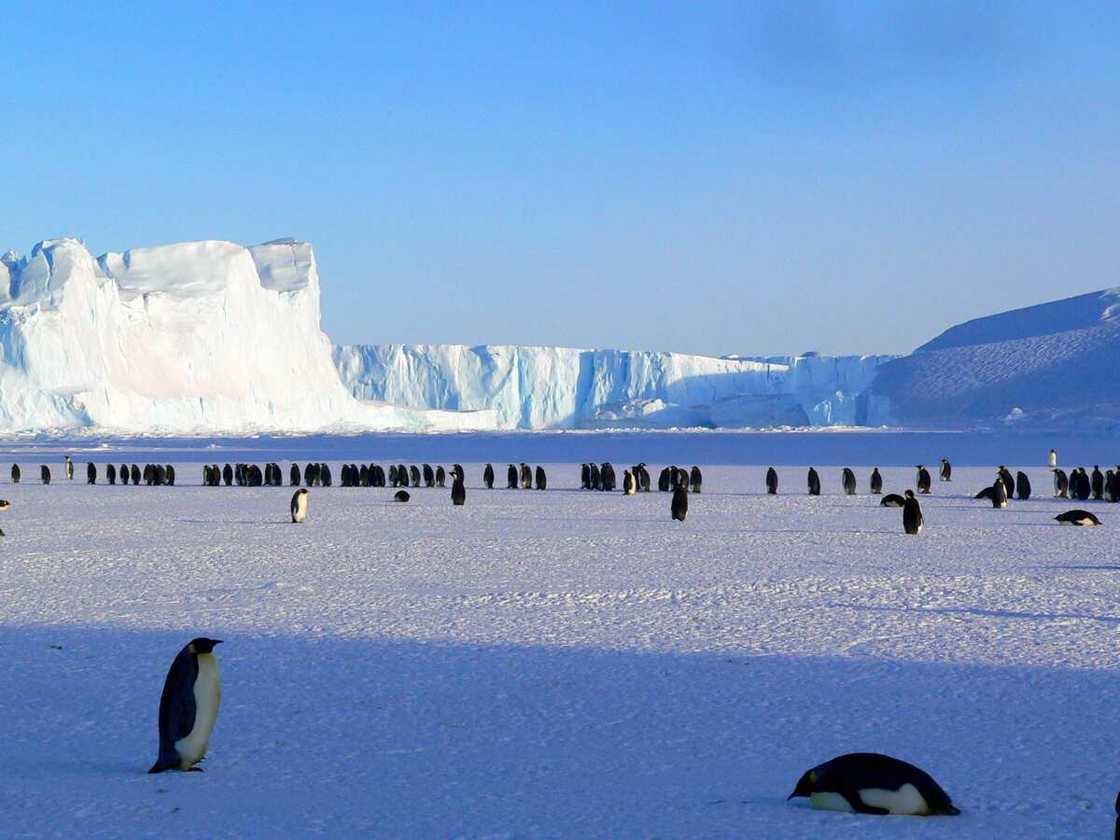
Source: UGC
The continent contains some of the most fascinating nature in the world. It is home to unique organisms and features a distinct absence of some of the world’s most common creatures. Here are some details about Antarctica's living organisms.
- This is the only continent with no snakes. The climate is too cold and harsh for their survival.
- Antarctica’s waters are home to various seal species. Weddell seals and Ross seals swim along the coast.
- Several whale species are native to this region's waters, including orcas and minke whales, which swim in the surrounding Southern Ocean.
- The region also has various penguin species, including the emperor, Adélie, and chinstrap penguins.
- It is the driest continent on Earth, officially classified as a desert. The region only sees about 8 inches (200 millimetres) of precipitation yearly, most of which happens along the coast.
- There are no native trees or bushes in Antarctica. The region’s high winds, absence of available soil, low temperatures and limited sunlight make it inconducive for vegetation zones.
- The harsh environmental conditions also make it challenging to perform any forms of agriculture without a greenhouse or artificial farm.
- It is home to over 800 species of plant-like organisms. These species can survive prolonged periods of darkness and freezing winters.
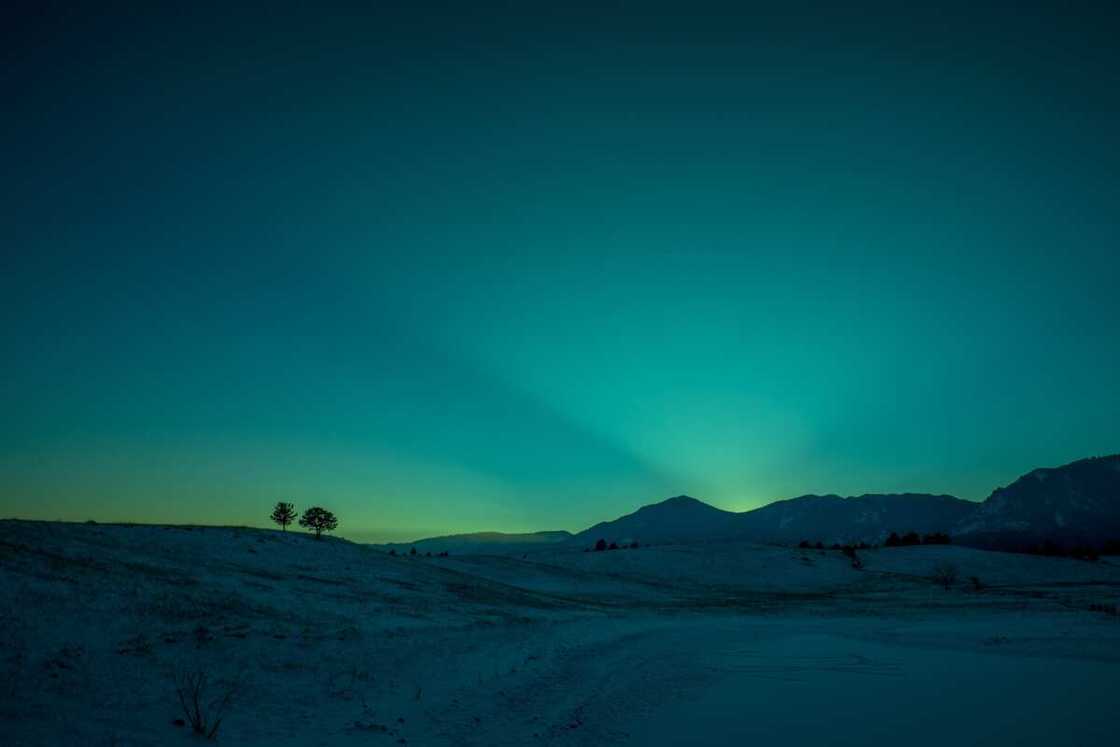
Source: UGC
- Due to its unique geography, wildlife and marine life, Antarctica has several tourist attractions. The most notable are the penguin colonies, the Ross and Weddell Seas and whale watching.
- Antarctica has several mountain ranges and active volcanoes beneath the ice. Mount Vinson is the highest peak, reaching over 16,000 feet (4,892 metres).
- One of the world’s few consistently active volcanoes, Mount Erebus, is in Antarctica. It ejects ice crystals.
- Scientists believe that Antarctica used to be closer to the equator. However, it has shifted to its current position over millions of years because of tectonic motion.
- It contains one of the world’s most immense canyons, the Ferrigno Rift.
- There is a creepy red waterfall in East Antarctica named Blood Falls.
- You can experience the Southern Lights, also called Aurora Australis, in the region.
These fun facts about Antarctica for kids make it a unique playground for exploration. As budding scientists, adventurers, and nature enthusiasts, there is much more to learn about this polar wonderland. The mysteries beneath the ice invite kids to embrace the joy of discovery and the magic of the unknown.
Legit.ng recently published a list of fun facts about Florida. Florida, the third most populated American state, is located in the country's Southeastern region. It became America’s 27th state after attaining statehood in 1845. The state is nicknamed the Sunshine State for its subtropical climate.
Florida is a hub for local and international tourism. Its sunny weather, beautiful beaches and unique wildlife draw the masses annually. The Everglades National Park boasts a diverse ecosystem containing both crocodiles and alligators. Additionally, the state is home to Universal Studios and Disney World. Find out more about the state and what makes it great.
Source: Legit.ng


